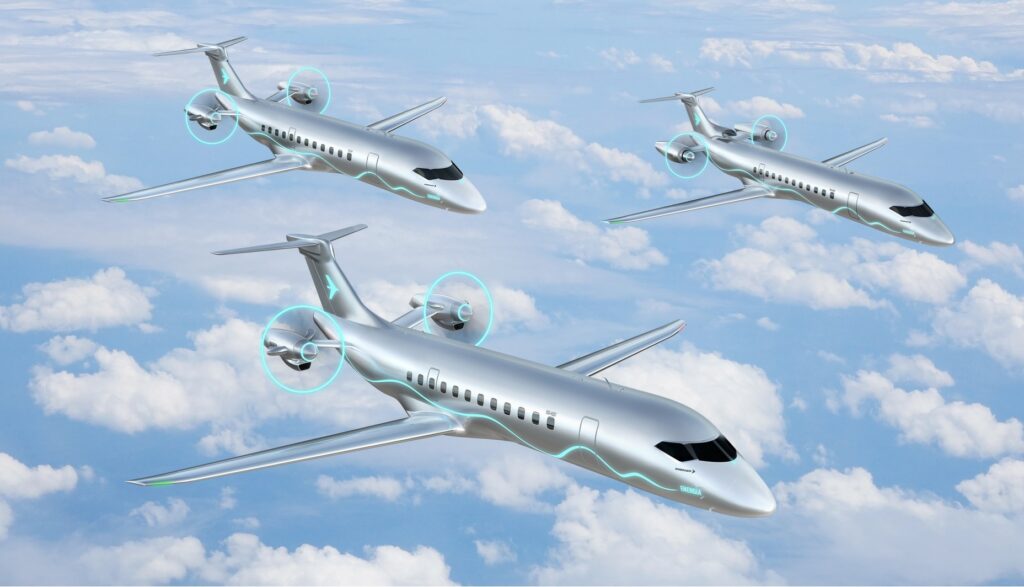
Embraer is intensifying its push into sustainable aviation with new developments in its Energia concept aircraft. The Brazilian aerospace giant, which unveiled the initial concept focused on 30-seat planes, has now broadened its research to encompass 50-seat aircraft.
Driving these advancements is Embraer’s Energia Advisory Group, a collective of industry experts providing invaluable insights to sustainable technologies. This collaboration has led to a multifaceted approach that extends beyond aircraft propulsion systems. Embraer is also exploring innovative aerodynamic designs, structural enhancements, and cabin configurations to create a more comfortable and quieter flying experience. The company’s CEO, Arjan Meijer, emphasized the importance of a comprehensive approach, stressing that commercial viability requires careful consideration of technical, economic, and infrastructure factors. Embraer aims to introduce an Energia concept into service within the next decade, but Meijer acknowledges the substantial challenges that lie ahead.
Embraer envisions a clean wing design without any propwash, along with other advancements in aerodynamics, structural design, and systems integration. Moving the engines to the rear of the aircraft would also create a much quieter cabin, the company says. Power could be provided by one of several hybrid-electric concepts, including a parallel hybrid electric powerplant that pairs thermal engines with small electric engines to maximize thermal engine efficiency during takeoff and idle phases of flight. This will require advancements in battery technology.
Embraer is also looking at fuel cell concepts. This type of system could eliminate carbon, NOx, and soot emissions, and it would be more efficient than small gas turbines. But a fuel cell system is heavy and requires complex thermal management, making it less likely to be adopted. Embraer is also examining the use of hydrogen or dual fuel gas turbine engines. The aircraft would be equipped with hydrogen liquid tanks (cryogenic) sized for the typical short-range missions performed by 50-seat aircraft, but it would also be provided with tanks for standard Jet A fuel that could provide extended range when required.



